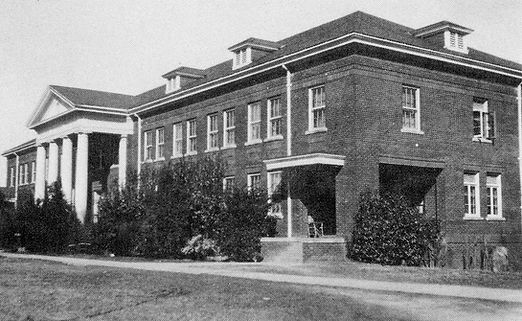HISTORY OF BARIUM SPRINGS AND THE FUTURE SITE OF THE TROUTMAN LIFE CENTER
In 1883, two Presbyterian women in Charlotte, North
Carolina founded the Presbyterian Orphans Home,
now called Barium Springs. As needs grew and space
did not, the Presbyterian Synod purchased acreage
for the Home in Barium Springs, N.C. The land they
purchased was the site of the legendary, healing
“Barium Springs.” After purchase of the land,
Presbyterian Children’s Home moved to Barium
Springs in 1891. In 1914, almost 100 miles away in the
small mountain community of Banner Elk, N.C. the Presbyterian minister, Edgar Tufts was working diligently with his local church to establish a home for orphans in the rugged mountain areas, and Grandfather Home for Children was born.
Both of these historic agencies functioned primarily as orphanages until the mid-1900’s. Children coming to these homes were mostly orphans who would stay for long periods of time. Many came as infants and stayed until graduation from high school or college. Both homes were self-sustaining farms where the children learned trade skills and assisted with daily chores.


In the 1950’s, needs for an orphanage decreased, partially due to peacetime and advances in medical technology. Instead, children needing care had one or both parents still living, but suffered from abuse and neglect. Not only did these children need a place of refuge but they also required treatment and therapy. Services expanded after 1970’s to focus mainly on the needs of children were classified as “troubled,” or abused. Between the 1970’s and early 2000’s both Barium Springs and Grandfather Home for Children experienced expansion of services to better meet the needs of children at the time. These expansions included foster care and adoptions services, educational services, and therapeutic services for children who had suffered complex trauma.
Source: (Our History. (2015, April 15). Retrieved July 02, 2020, from https://www.childrenshopealliance.org/our-history/)
.png)